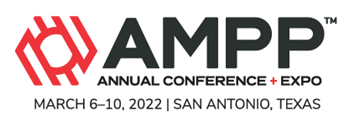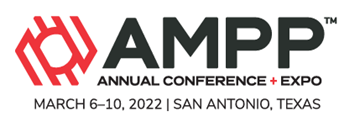Search
Brake Pads: Effect Of Galvanic Current On The Corrodibility Of Friction Materials And Backplates
Also Purchased
Biocide Storage Tank Internal Corrosion And A Mitigation Strategy – A Case Study
Product Number:
51322-17906-SG
Publication Date:
2022
$20.00
Burlington Skyway Electrochemical Chloride Extraction – 30 Years Later
Product Number:
51322-17664-SG
Publication Date:
2022
$20.00




